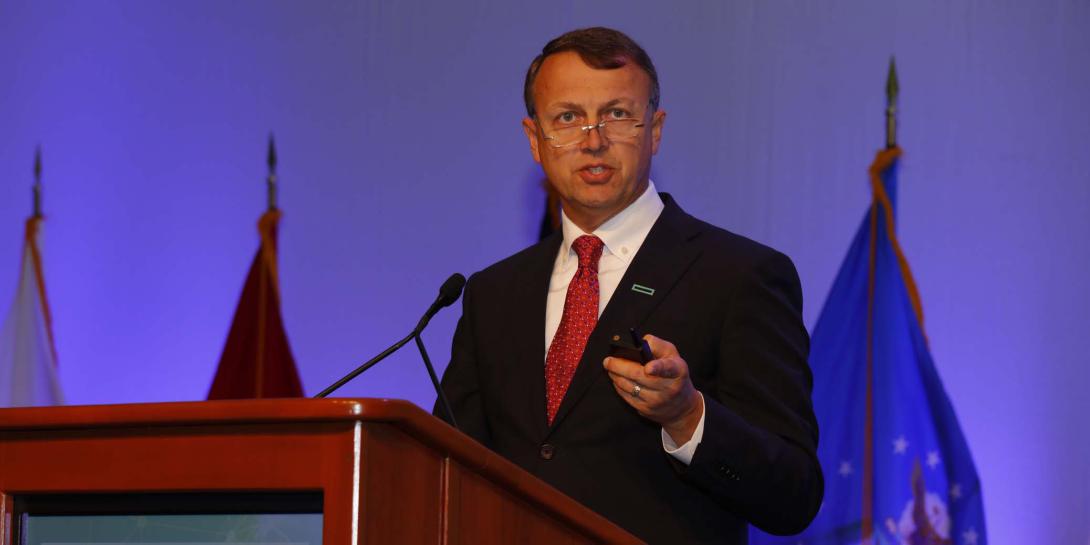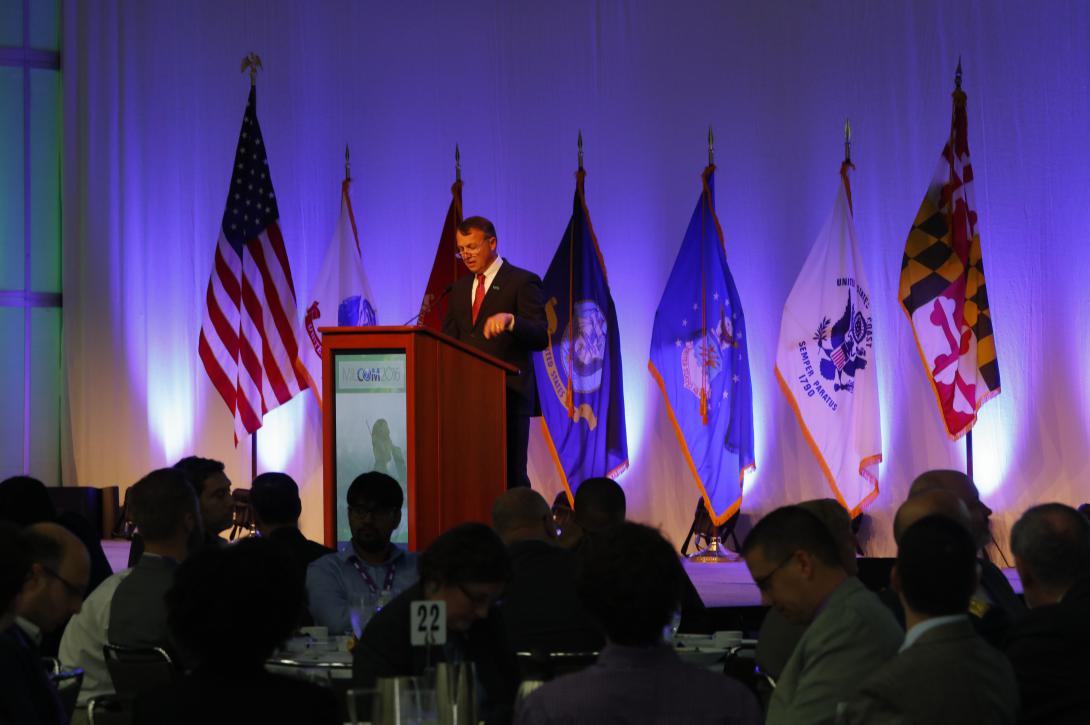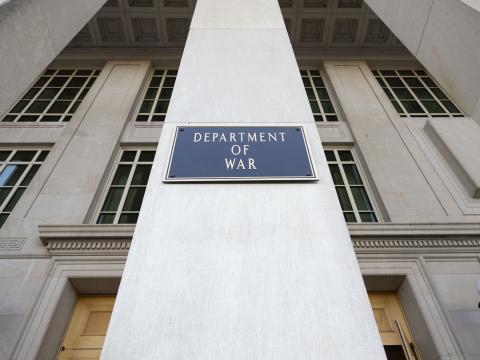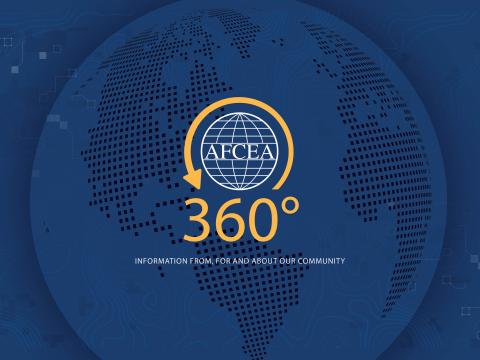Defeating Enemies at the Speed of Cyber, Not Speed of Budgets
The military that can control and deny access to and use of the electromagnetic spectrum will be the victor of the next war, predicts Maj. Gen. Earl Matthews, USAF, (Ret.), former director of cyberspace operations and chief information security officer for the Air Force. Attaining supremacy within that crucial domain should be driving emerging technologies that will give the U.S. military the technical overmatch on the battlefield.
The military that can control and deny access to and use of the electromagnetic spectrum will be the victors of the next war, predicts Maj. Gen. Earl Matthews, USAF, (Ret.), former director of cyberspace operations and chief information security officer for the Air Force.
Attaining supremacy within that crucial domain should be driving emerging technologies that will give the U.S. military the technical overmatch on the battlefield, said Matthews, speaking Wednesday at MILCOM 2016, a three-day international conference for military communications.
Six key characteristics matter for cyber situational awareness: speed, resiliency, intelligence, integration, analytics and expertise, he said. “Breaches are inevitable, cyber situational assessments have to be ongoing, automation is going to be key and you have to have analytics to reduce the time to mitigate the damage,” said Matthews, now vice president for Enterprise Security Solutions, U.S. public sector, Hewlett Packard Enterprise. The government needs the solutions at the speed of cyber, working to overhaul its notoriously slow acquisition processes to get there.
MILCOM takes place November 1-3 at the Baltimore Convention Center and is co-hosted by AFCEA International and the Institute of Electrical and Electronics Engineers, or IEEE.
The need for speed drives many of the federal government’s requirements for cyber solutions, he said, tying into the conference's theme: Securing Communications at the Speed of Cyber. “Speed is important, but we have to remember what is behind the speed. Really, it’s all about the people that we are trying to effect,” Matthews said.
Matthews: At the height of the #coldwar, U.S. concerned about electromagnetic pulse. 'We have to get back to that to have reliance" #MILCOM
— Sandra Jontz (@jontz_signalmag) November 2, 2016
The same decision-making process that guides the strategic level of combat operations—observe, orient, decide and act, or OODA—can easily be applied to the cyber domain, Matthews said. “What if we were to create a different reality for the attacker? What if we could disorient the attacker?” he asked the audience. “The bottom line is, what we want to try to do is increase the probability that the attacker makes the wrong decision because he has an artificial reality of what is happening in our OODA loop.” There is no need to sacrifice accuracy and speed in order to improve missions, he added.
While it was U.S. know-how that created the cyber world, others have been quick to optimize operations in the domain, including setting clear written policy boundaries. “An important distinction here between our country and our adversaries is the strong declaratory stance,” Matthews shared during the luncheon keynote. “The only country right now that has a declaratory stance in this regard, in this domain, are the Russians. They actually established it in the 1990s, saying an attack on their information system equals the same type of attack that would happen with nuclear weapons.”
It’s a strong and candid statement that puts the United States in catch-up mode when it comes to a deterrence policy, he said. “Then, when we look at the Chinese, they don’t refer to this as cyber either,” he continued. “They refer to it as the radio electronic combat spectrum.”
In #cyber domain, U.S. still must play policy catch up to #Russia and #China, Matthews says at #MILCOM
— Sandra Jontz (@jontz_signalmag) November 2, 2016
Setting policy talk aside, prevailing within the military domains of land, air, maritime and space—each connected via cyber—requires the ability to leverage capabilities from each of those different domains to create unique, decisive effects, he said. “We, in this room, are responsible for providing that type of integration.”
With technology developing at what seems like warp speed, new systems will have a higher data processing capacity and greater speed and be able to leverage greater bandwidth. “These systems are going to have to be prepared to change frequency dependencies … because this is the place they are going to operate in the electromagnetic spectrum. Physical maneuver exists in cyberspace,” Matthews said, echoing information shared at an earlier panel. “We can outthink the enemy.”
The greatest threat to the freedom of movement within the cyber domain will be a catastrophic event brought on by use of weapons of massive destruction (WMD) or methods producing WMD effects. “While WMD attacks are kinetic, physical attacks, they may have profound effects in the cyberspace domain, specifically degrading or destroying key cyber-based vital infrastructure.”
Modern warfare has more than roots in history, he said. “At the height of the Cold War, one of the things that we were really concerned about was an electromagnetic pulse. That is a WMD-type effect that we have gotten away from in our engineering and our requirements, and I think we need to get back to that in order to have the resiliency that’s going to be needed.”






Comments